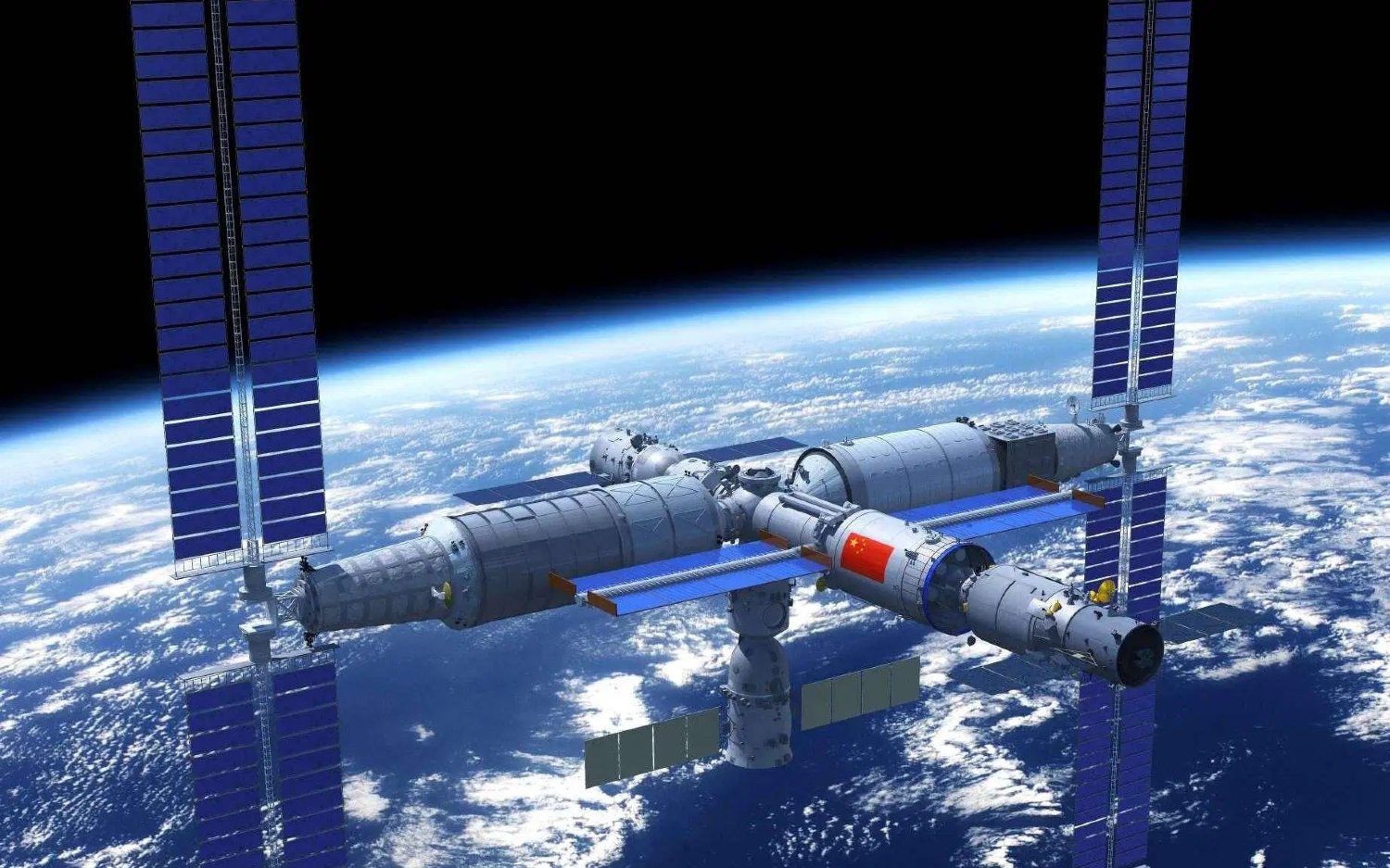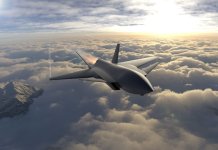As the International Space Station (ISS) approaches the end of its operational life in the 2030s, China’s Tiangong space station is poised to potentially take over a central role in the future of space exploration and research.
For now, China is the only nation operating its own space station and aims to expand it. The ambitious plans include adding new modules, launching the reusable Mengzhou spacecraft, and commissioning the Xuntian telescope, all of which aim to foster international collaboration in space exploration.
China developed its space station after reportedly being excluded from the International Space Station (ISS) due to concerns that its space program is closely linked to the military, specifically the People’s Liberation Army (PLA).
The Tiangong space station has been operational for nearly two years. Its full assembly was completed in November 2022, following the addition of the Mengtian science module.
During the International Astronautical Congress in Milan on October 27, Li Ming from the China Academy of Space Technology (CAST) announced further facility upgrades to extend Tiangong’s capabilities.
Shenzhou-19 Mission Launch
On October 30, China launched the Shenzhou-19 mission, which carried three astronauts—including the nation’s first female space engineer—on a six-month mission to fine-tune Tiangong’s operations in low Earth orbit.
The Long March-2F carrier rocket launched the crew from the Jiuquan Satellite Launch Center in northwest China. Approximately ten minutes after launch, the Shenzhou-19 spacecraft separated from the rocket and entered low Earth orbit.
The new crew’s tasks include conducting scientific experiments, performing extravehicular activities, installing protective measures against space debris, and managing the installation and recycling of extravehicular payloads and equipment.
The Current State Of Space Stations
Currently, Earth’s orbit hosts only two fully operational space stations: the International Space Station (ISS) and China’s Tiangong Space Station (TSS).
The ISS, a collaborative project involving multiple nations, became fully operational in May 2009. Key partners include the United States (NASA), Japan (JAXA), Canada (CSA), and Russia (Roscosmos), along with European nations represented by the European Space Agency (ESA), including Belgium, Denmark, France, Germany, Italy, the Netherlands, Norway, Spain, Sweden, Switzerland, and the United Kingdom.
In contrast, Tiangong operates independently, positioning The China Manned Space Agency (CMSA) as the sole operator of its space station.
China’s Tiangong may become the only operational space station in orbit once the ISS is decommissioned, which is expected to happen around the 2030s.

The Future Of Space Collaboration?
Symbol of international space collaboration, the ISS will be succeeded by a next-generation Dragon spacecraft, developed by Elon Musk’s SpaceX, upon its decommissioning.
NASA has committed up to $843 million to SpaceX to assist in safely deorbiting the ISS. According to NASA and SpaceX, the Dragon spacecraft will be capable of guiding the ISS into a controlled descent, ending in a remote ocean site around 2031.
Following this, NASA and Roscosmos plan to move forward with their respective new space station projects.
Meanwhile, India is also aiming to establish its own space station by 2030. The Indian Space Research Organisation (ISRO) is working on the Space Docking Experiment (Spadex), a technology critical for station operations that allow astronauts to be transferred between spacecraft.
The Uniqueness Of ISS
ISS is a habitable artificial satellite in low Earth orbit, situated at an altitude of 370–460 km. This large spacecraft serves as both a home for astronauts and cosmonauts and a unique scientific laboratory.
The International Space Station (ISS) began its journey in November 1998 with the launch of the Russian Zarya control module, propelled into orbit by a Russian rocket. About two weeks later, the space shuttle Endeavour arrived, bringing the US Unity node, which the crew successfully attached to Zarya.
Constructed piece by piece in space, the ISS required over 40 missions for its assembly. Made up of various components put together by astronauts, the space station orbits Earth at an average altitude of around 250 miles, traveling at a speed of 17,500 mph. This rapid pace allows it to complete an orbit approximately every 90 minutes.
Since its first crew arrived in November 2000, humans have continuously lived aboard the ISS, typically with seven astronauts from different countries on board at any given time.
The ISS has the volume of a five-bedroom house or two Boeing 747 jetliners and can support a crew of six or more visitors. If measured on Earth, the space station would weigh nearly a million pounds and, including its solar arrays, span the area of a football field with end zones. It features laboratory modules contributed by the United States, Russia, Japan, and Europe.
China Looking For Global Collaboration
Ready for global collaboration, China welcomes international astronauts and joint scientific projects on Tiangong, emphasizing the principles of “mutual respect, mutual benefit, inclusiveness, and equality.”
According to Lin Xiqiang, spokesperson for the China Manned Space Agency (CMSA), “China is actively selecting and training astronauts from partner nations to participate in missions aboard Tiangong.”
Currently, Tiangong weighs approximately 20% of the ISS and has already facilitated various scientific experiments. China aims to enhance its capabilities for more complex, long-term missions in low Earth orbit, strengthen its presence in space, and offer new platforms for scientific research.
Strategic Concerns & Future Prospects
However, the strategic implications of China’s growing space capabilities have raised some international concerns.
In its pursuit of international cooperation, China plans to share data from the Xuntian, the Chinese Space Station Telescope (CSST), with the global scientific community, facilitating collaborative research.
China’s strong ties with countries like Pakistan may lead to the inclusion of a Pakistani astronaut in future missions, fostering closer scientific partnerships.
The station’s advanced capabilities, including two robotic arms designed for capturing satellites and other objects in space, have raised international concerns regarding its potential military applications.
With an operational lifespan expected to last at least ten years, Tiangong may indeed become the only space station in orbit after the ISS’s decommissioning, positioning China as a central player in future space research and exploration.
- Shubhangi Palve is a defense and aerospace journalist. Before joining the EurAsian Times, she worked for ET Prime. In this capacity, she focused on covering defense strategies and the defense sector from a financial perspective. She offers over 15 years of extensive experience in the media industry, spanning print, electronic, and online domains.
- Contact the author at shubhapalve (at) gmail.com




